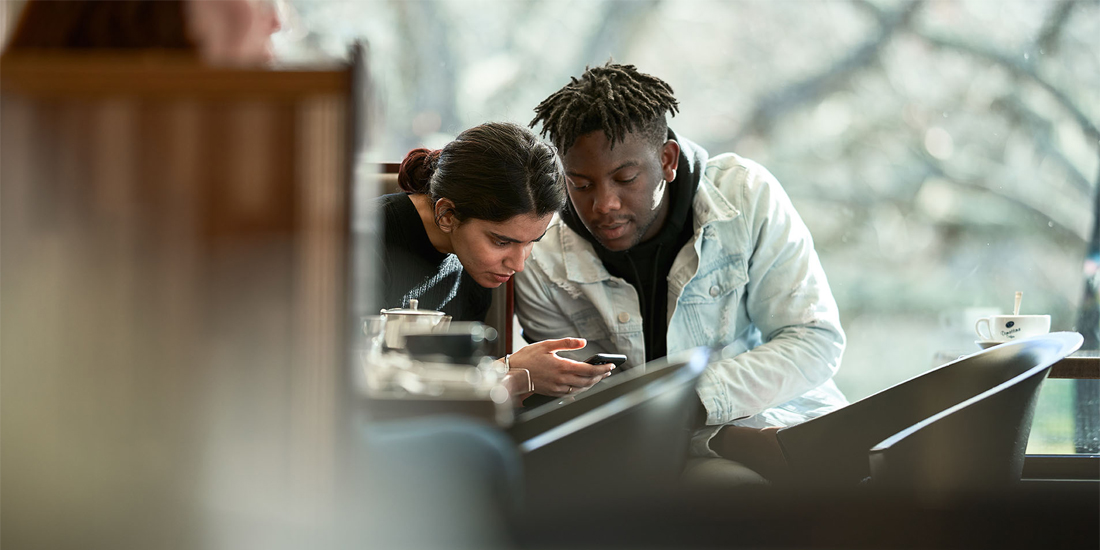
Orygen researchers have found that co-designing a suicide prevention intervention with young people can be safe and meaningful for the young people involved.
The researchers initially co-designed suicide prevention guidelines with young people via a series of workshops. The end product was the #chatsafe guidelines, launched by Orygen in 2018, which support young people in communicating safely online about suicide.
The researchers subsequently involved 134 young people aged between 17 and 25 in the development of the #chatsafe social media campaign. They have just published a paper in the Journal of Medical Internet Research on the process and outcomes of co-designing the campaign with young people.
Lead author of the study, Orygen’s Pinar Thorn, said partnering with young people via co-design workshops led to the generation of valuable recommendations for the format and content of the social media campaign. The input of young people boosted the campaign’s impact, and helped young people feel better equipped to communicate online about suicide, she said.
“Social media rapidly evolves, and we wanted the campaign to resonate with young people. In order to do that, young people needed to be involved throughout the co-design process to inform the development and delivery of the campaign for their peers.
“Young people wanted bite-sized, inclusive, sharable content that was authentic, not mass produced, and content that spoke to young people, not at them,” she said.
“We also evaluated the experience of young people during the co-design process,” Ms Thorn said.
“Although there is often fear associated with working with young people around the sensitive and complex topic of suicide, our study showed that it can be done safely.
“Key to this was the involvement of young people.
The campaign was rolled out across Australia and its impact is currently being evaluated.
When asked what other researchers could learn from the findings of the study, Ms Thorn said the take home message was that you can work in partnership with young people on a suicide prevention intervention in a safe, meaningful, and potentially beneficial way.
“Young people are the authors of their own stories, but sometimes they can feel powerless. Empowering them to contribute fully to the development and implementation of the #chatsafe guidelines was just as important to them as it was to us,” she said.
The #chatsafe project is funded by the Australian Government, under the National Suicide Prevention Leadership and Support Program.